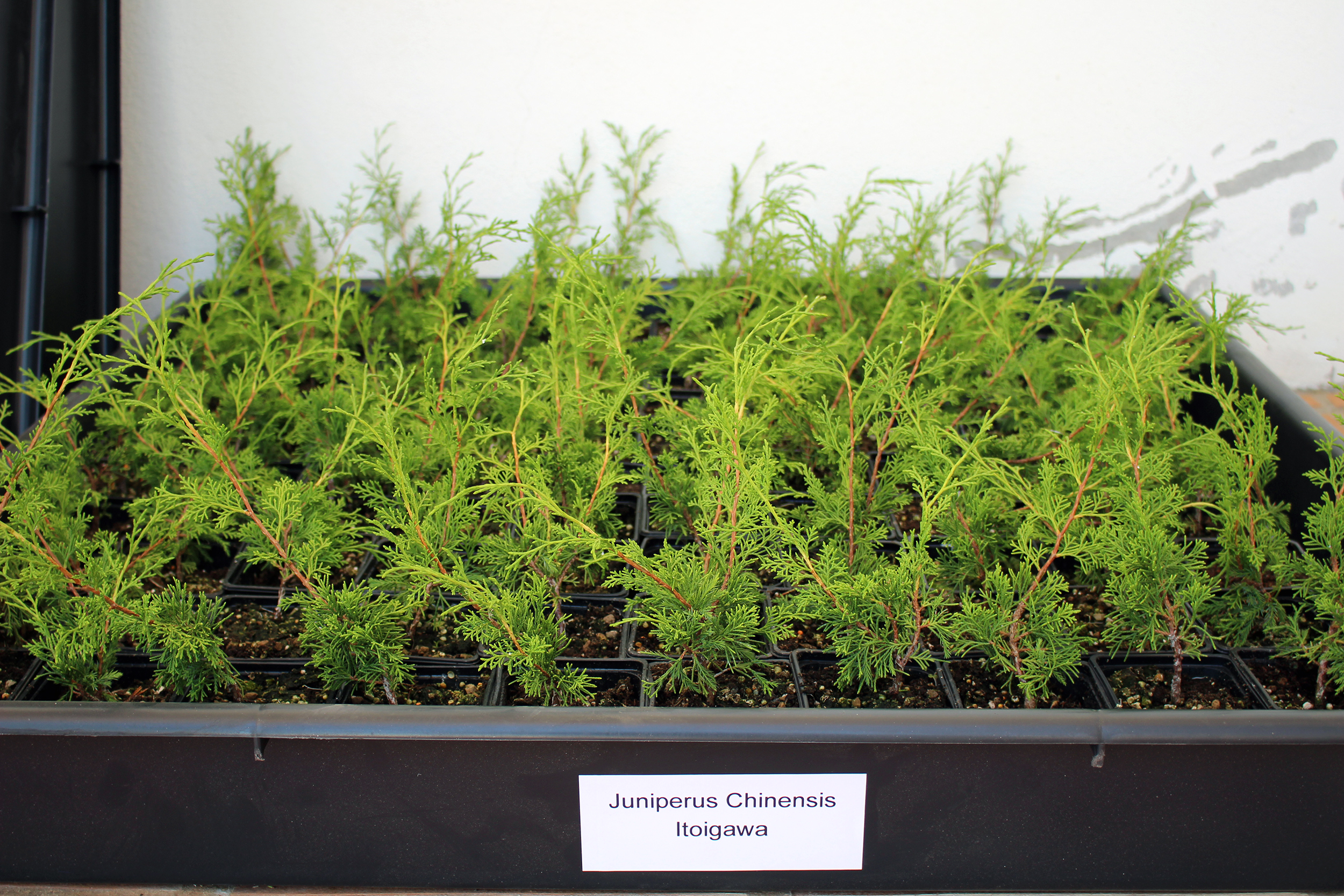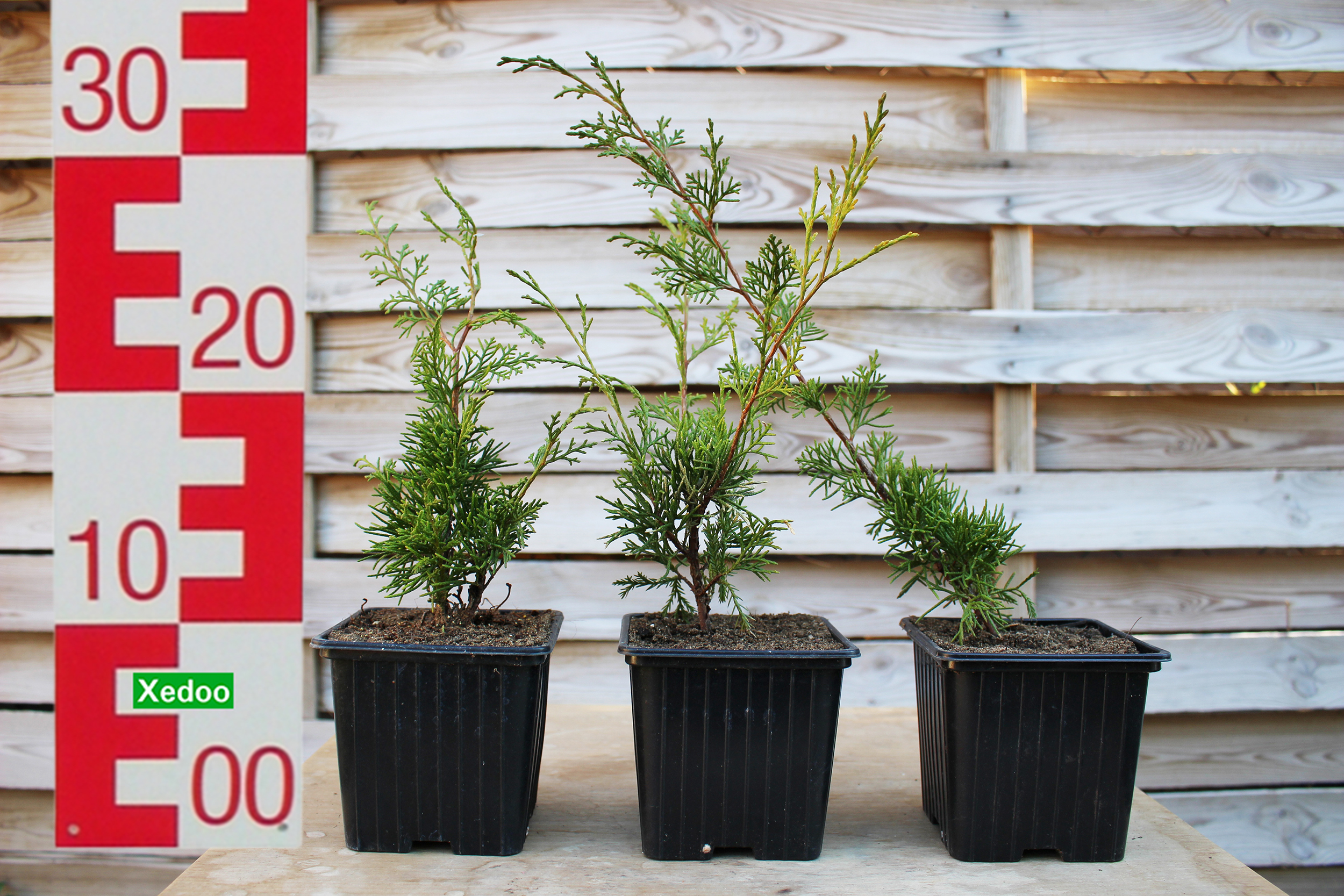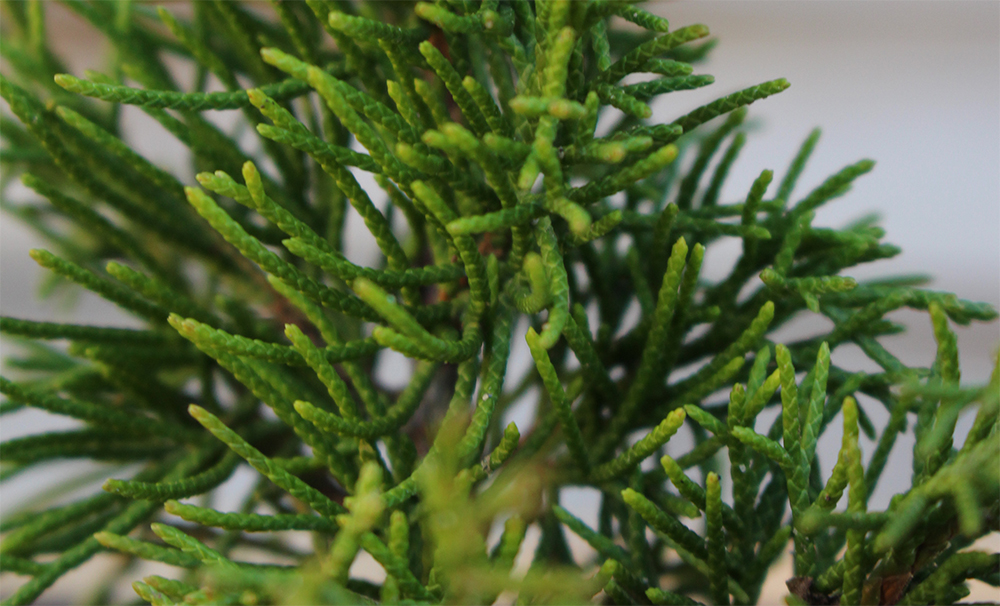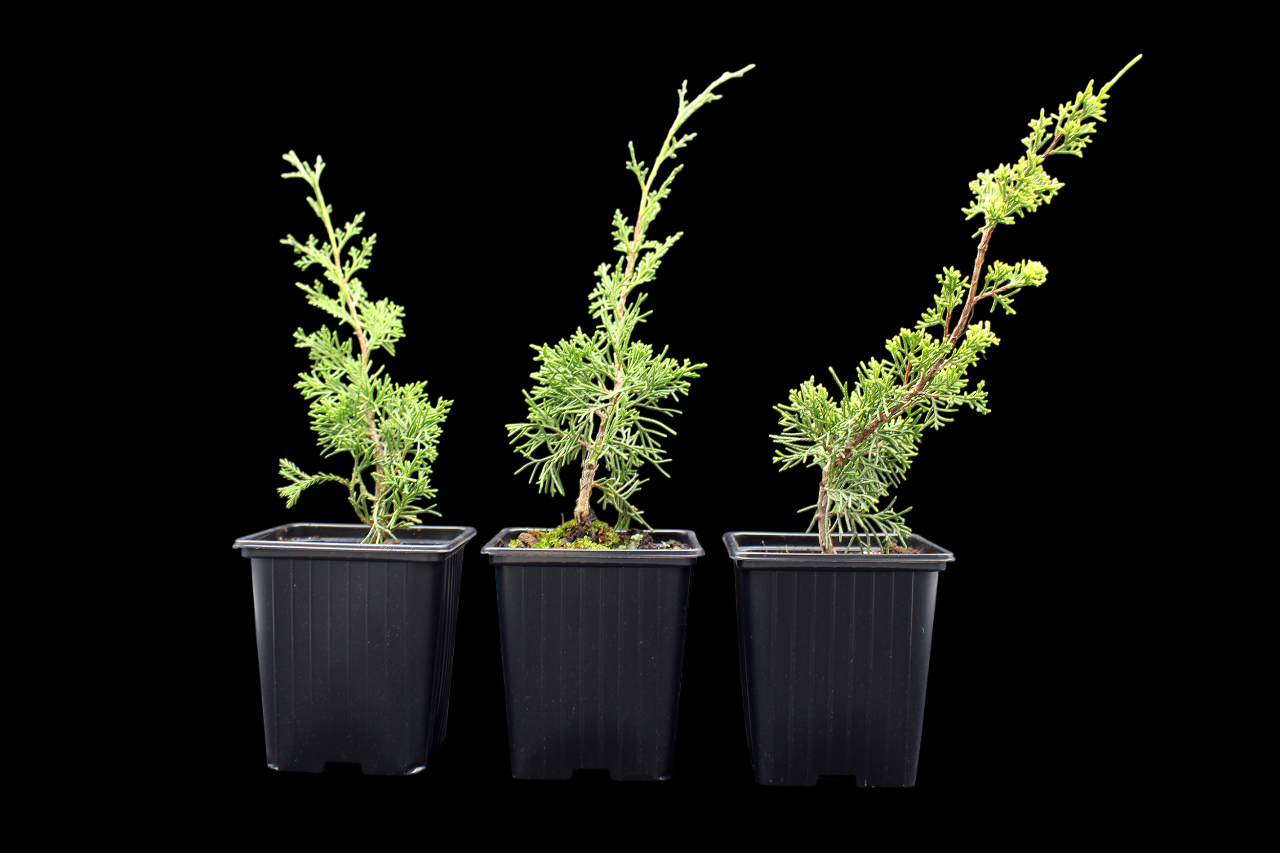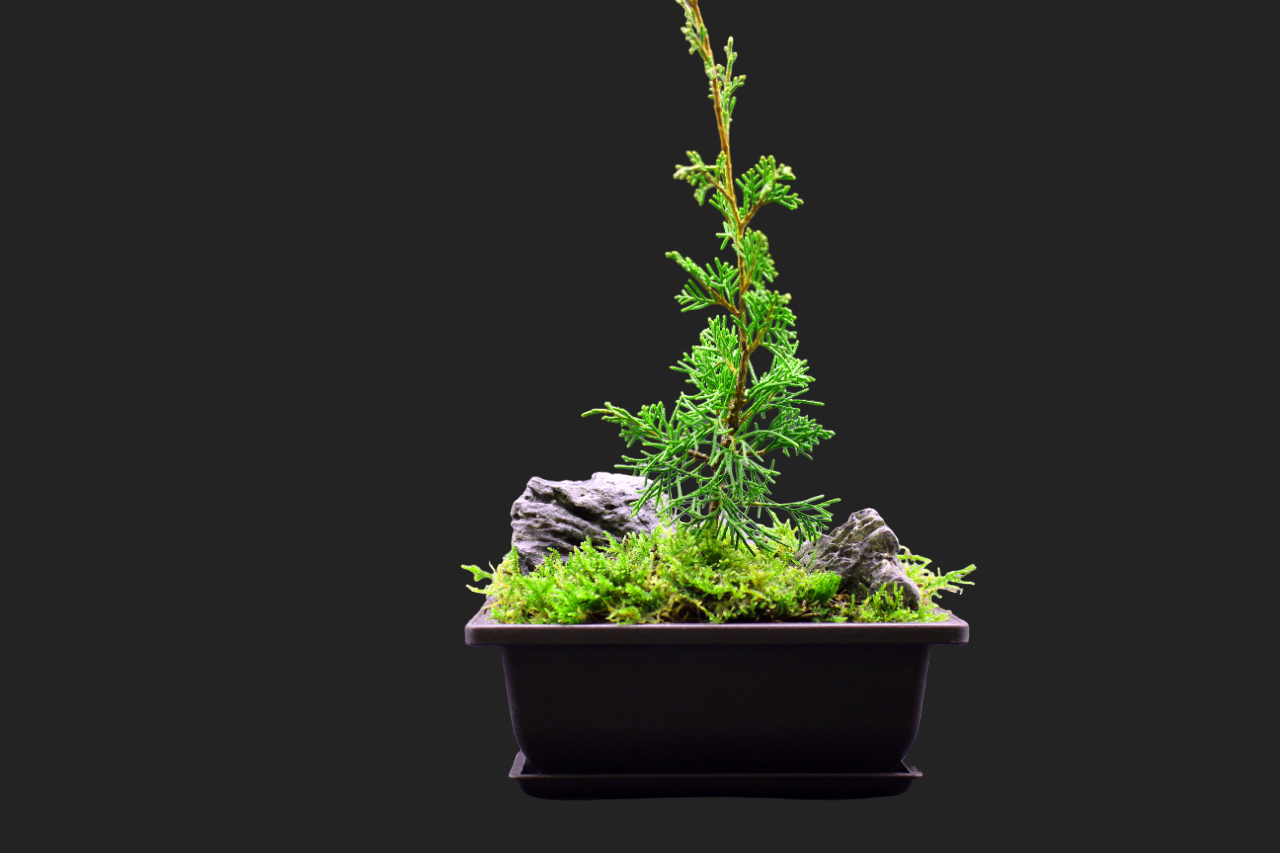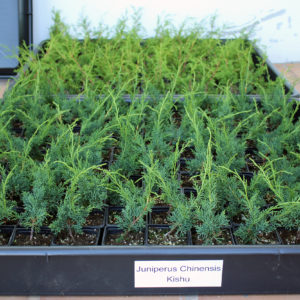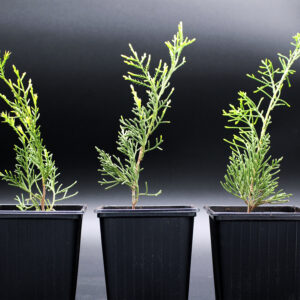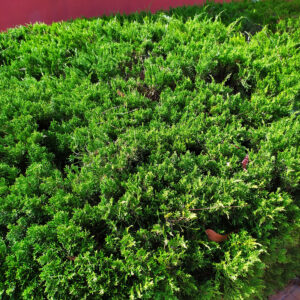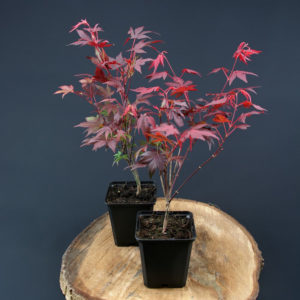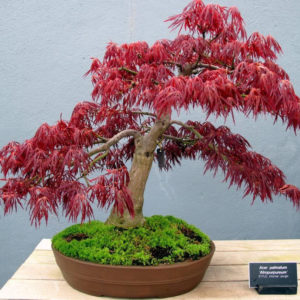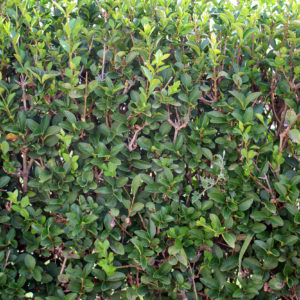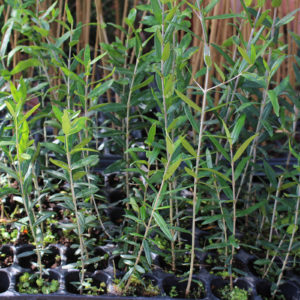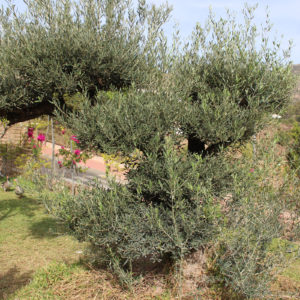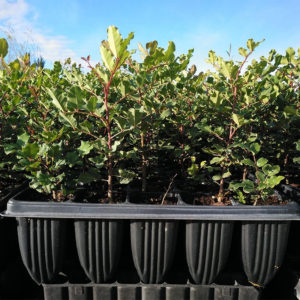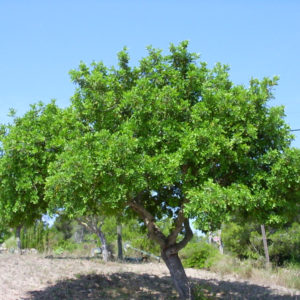Description
Juniperus Chinensis Itoigawa (Chinese Itoigawa Juniper) is a dwarf form of the Chinese juniper that originally came from the mountainous region surrounding the Japanese city of Itoigawa. This variant of Juniperus Chinensis, discovered in 1910, was practically no longer found in the wild by 1950, as Bonsai collectors had already dug up all the specimens.
The Itoigawa variety is considered to be one of the most beautiful of all junipers and bonsai in general and usually you can not find them in any normal nursery. It differs from the normal Chinese juniper in its slower growth and much finer, softer, light green foliage. The Chineses Juniper Itoigawa is often called the king of bonsai for this reason. Offered here are starters, prebonsai and young plants of Juniperus Chinensis Shimpaku var. Itoigawa in various stages of development and sizes.
Juniper is a very hardy plant and can tolerate temperatures from -20 to 40 degrees Celsius. The bronze to brown discoloration of the plants at temperatures below 0 degrees Celsius is normal and no cause for concern. As soon as it gets warmer, the junipers turn green again.
Juniperus Chinensis Itoigawa Care:
Itoigawa juniper (Juniperus chinensis ‘Itoigawa’) is a popular cultivar of Chinese juniper that is highly valued for its suitability for bonsai cultivation. Proper care is essential to ensure its health and maintain its desired aesthetic qualities.
Lighting:
The Itoigawa juniper prefers full sun to partial shade. Provide at least 6 hours of direct sunlight per day for optimal growth and foliage development.
Watering:
In general, junipers prefer slightly moist but well-draining soil. Water the Itoigawa juniper deeply, allowing the soil to dry slightly between waterings. Avoid overwatering, as this can cause root rot. Adjust watering frequency based on environmental conditions and the plant’s moisture needs.
Soil:
Well-draining soil is crucial for the Itoigawa juniper. A bonsai-specific soil mix or a mixture of akadama, pumice, and lava rock is often recommended to provide good drainage while retaining some moisture and nutrients. Avoid using heavy, compacted soils that can suffocate the roots.
Fertilizing:
Regular fertilization helps maintain the health and vigor of the Itoigawa juniper. Use a balanced, slow-release bonsai fertilizer or a liquid fertilizer specifically formulated for junipers. Follow the product label instructions for proper application and timing.
Pruning and Training:
Juniperus chinensis Itoigawa responds well to regular pruning and training to maintain the desired shape. Use sharp pruning shears to trim new growth and maintain the tree’s overall structure and balance. Wire can also be used to guide branches into desired positions, but care must be taken not to damage the tree’s bark.
Protection from Extreme Temperatures:
The Itoigawa juniper is generally cold-hardy, but extreme cold or heat can stress the plant. During the winter, protect the bonsai from freezing temperatures and strong winds by placing it in a sheltered location or using a cold frame. Likewise, provide some shade during hot summer days to avoid excessive heat stress.
Pests and Diseases:
Juniperus chinensis Itoigawa can be susceptible to common juniper pests such as aphids, spider mites, and juniper scale insects. Regularly inspect the tree for any signs of infestation or disease and take appropriate measures, such as using insecticidal soap or horticultural oil, to control pests. Good air circulation and proper watering can also help prevent disease.
Remember that caring for a bonsai requires careful observation and attention to the specific needs of each tree. Consider consulting with experienced bonsai enthusiasts or joining a local bonsai club for more information and guidance on caring for the Itoigawa juniper or any other bonsai.
Please note: It is recommended not to prune very young Itoigawa plants yet, otherwise they tend to develop hard, pointed needle-like shoots.
Scientific name: Juniperus Chinensis Shimpaku var. Itoigawa
Common name: Chinese Itoigawa Juniper
Height of growth: Up to 1 meter
Sensitive to cold: No
Heat sensitive: No
Sensitive to wind: No
Suitable as bonsai: Yes
Sizes available: 5-40cm, Rooted Cuttings, Young plants, Starter Material, Prebonsai
Age: 2-8 years
Additional information
| Weight | 0,295 kg |
|---|---|
| Size | 5-10cm, 10-20cm, 20-30cm, 30-40cm |
You may also like…
-
Select options This product has multiple variants. The options may be chosen on the product page
Juniperus Chinensis Kishu – Rooted Cuttings
€ 4,90 – € 19,90 -
Select options This product has multiple variants. The options may be chosen on the product page
Juniperus Chinensis Sargentii (Chinese Sargent Juniper)
€ 4,90 – € 9,90
